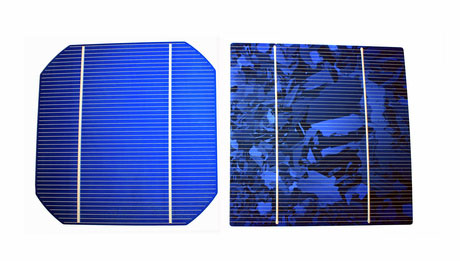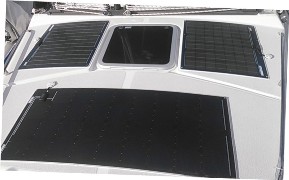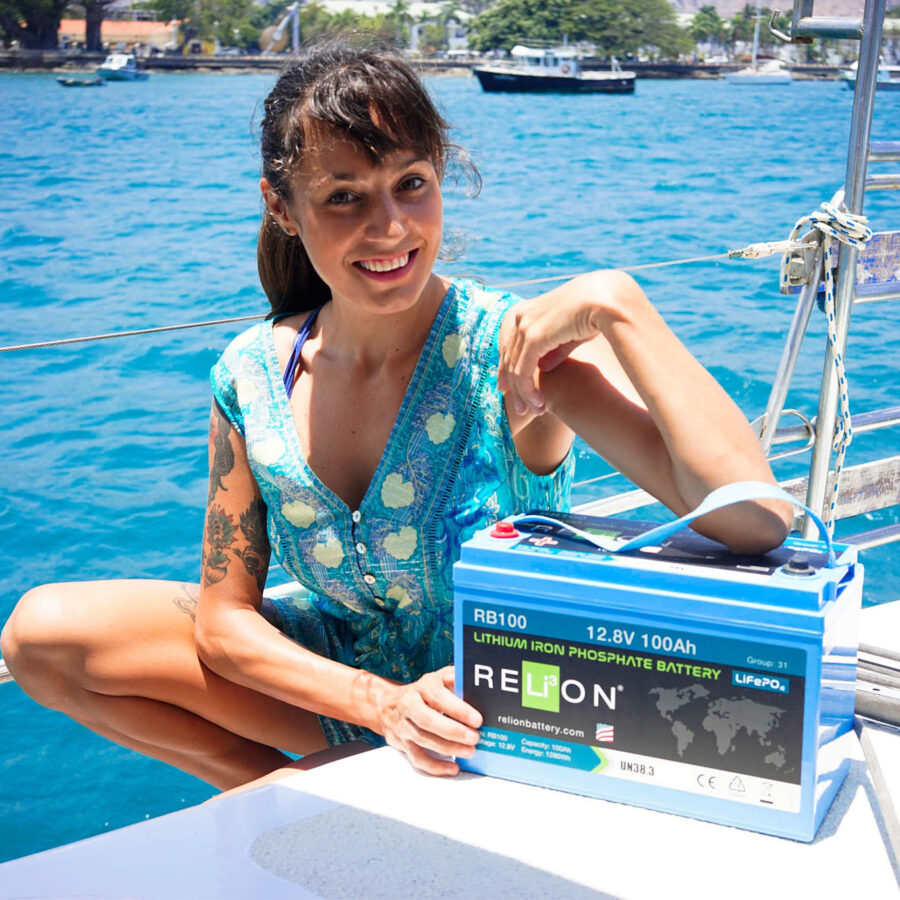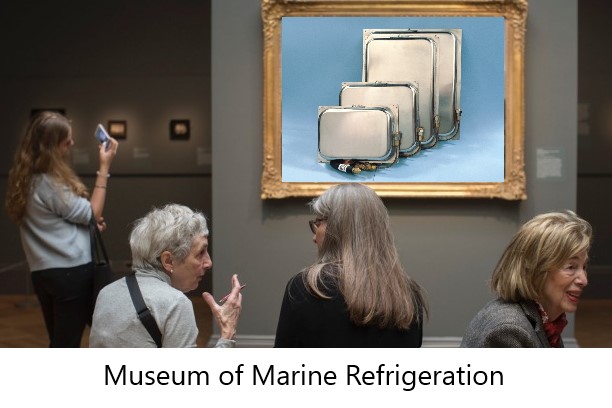Phone: (301) 352-5738
Email: info@CoastalClimateControl.com
Office | Warehouse:
1598 Whitehall Road, Suite D
Annapolis, Maryland 21409
Which type of Solar Panel is best for Marine Installations?

 Which type of Solar Panel is best for Marine Installations?
Which type of Solar Panel is best for Marine Installations?
Monocrystalline; Polycrystalline; SunPower®
3 - 4 - 5 Remember these numbers. These are the factors by which you need to divide the rated wattage of a panel to give an estimate of the amp/hr daily yield, at 12v, that a panel might produce dependent on the type of cell.
-
- For a panel with SunPower® cells, divide the watt rating by 3.
- For a panel with regular monocrystalline silicon cells, divide the watt rating by 4.
- For panels with polycrystalline cells, divide the watt rating by 5.
Example: If we have one of each type of panel, all rated at 100 watts, then the one with SunPower® cells will produce somewhere in the region of 33 amp/hrs per day; the one with regular mono cells will produce around 25 amp/hrs a day; and the panel with poly cells will produce 20 amp/hrs or so a day. (Note: This is assuming a good solar day, using a MPPT controller, and with a full time load). So why the difference?
The three panels in the example above are all rated as the same wattage, but will give very different yields over the course of a full solar day. Solar panels are tested and rated with a light-source equivalent to the sun being perpendicular to the panel surface. But in practice we only get close to this once a day, i.e. at solar noon, and even then the sun will rarely if ever be directly above a horizontally mounted panel. At all other times of the day the sun's rays are hitting the panel surface at varying degrees of angle, and the different construction of the three cell types determines how they will perform over the course of a complete solar day; from sun-rise to sun-set.
- SunPower® cells - These unique "back-contact" cells have a completely unobstructed front surface, so all of the surface area is used for solar collection. There are no metallic bus or collector strips on the cell surface that would otherwise reduce the effective surface area and produce shadows on the cell surface at low sun angles.
- Regular monocrystalline cells - Look at any cell surface other than SunPower® cells and you will see metallic strips on the cell surface. These are the bus and finger strips that collect the power from the surface of the cell. As well as reducing the effective surface area of the cell available for solar collection, these strips are normally proud of the cell surface, and will produce shadows at shallow sun angles, reducing early and late-day performance.
- Polycrystalline cells - These cells also have bus and finger strips that produce early and late-day shadows and reduce the effective cell surface area. But unlike the pure silicon found in mono cells, poly cells are produced from recycled silicon that is melted down and then cut into thin wafers (cells), and these contain multitudes of individual flakes with sharp edges and corners. When the sun hits these cells at anything other than perpendicular, the edges and corners of the flakes interfere with the incoming sunlight and degrade the power output. This results in polycrystalline panels giving the poorest overall daily yield.
In marine applications, where mounting options and space are limited and horizontal mounting is the only practical solution, solar panels with the highest potential daily yield will produce the best results.
By accepting you will be accessing a service provided by a third-party external to https://coastalclimatecontrol.com/






